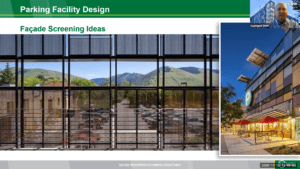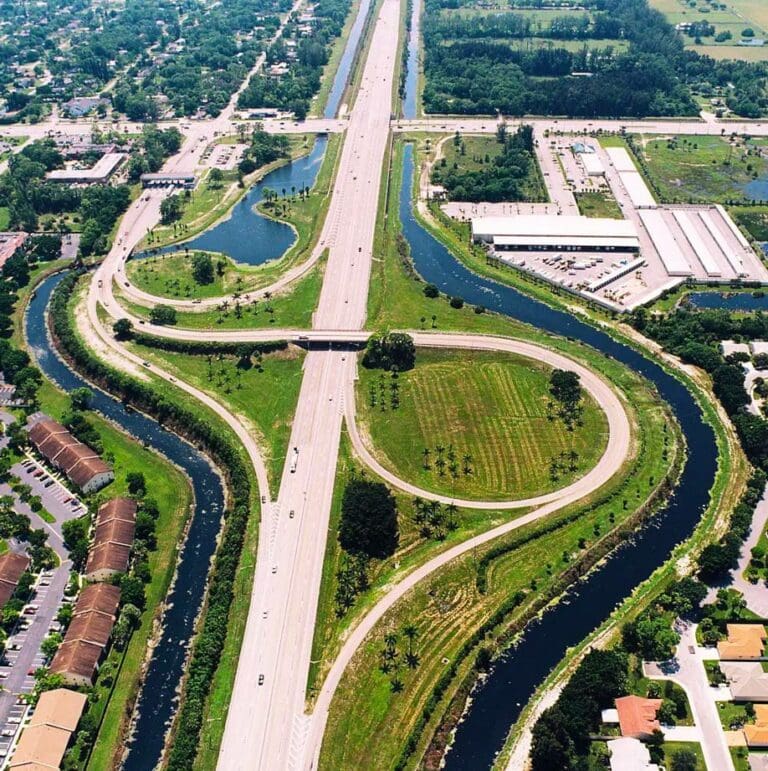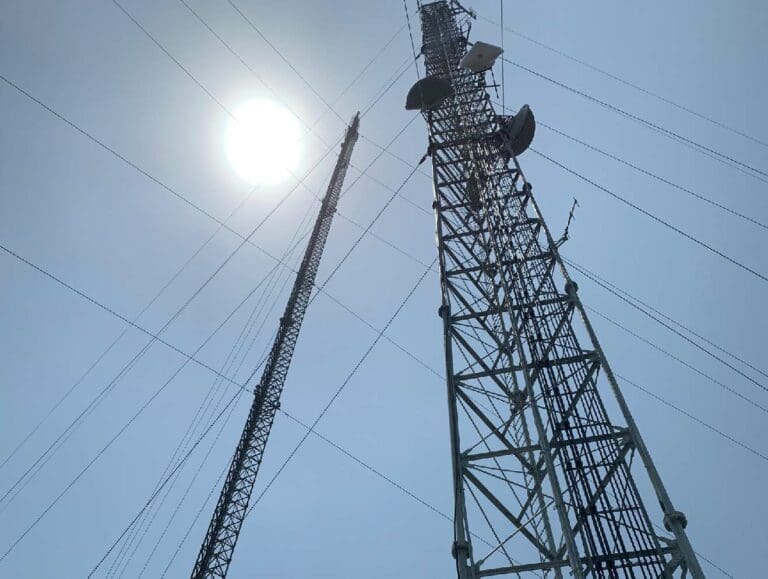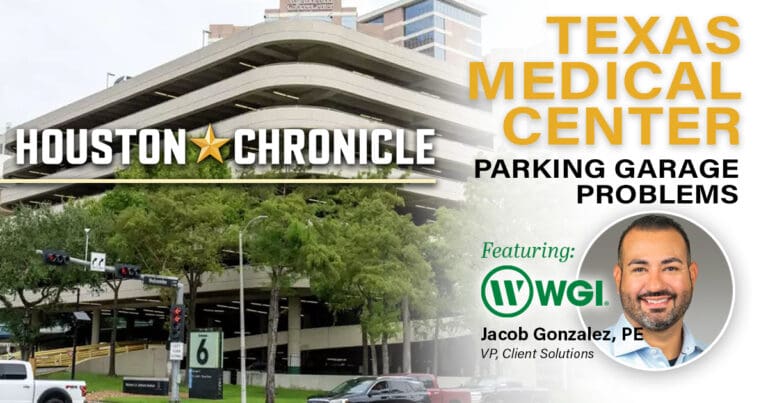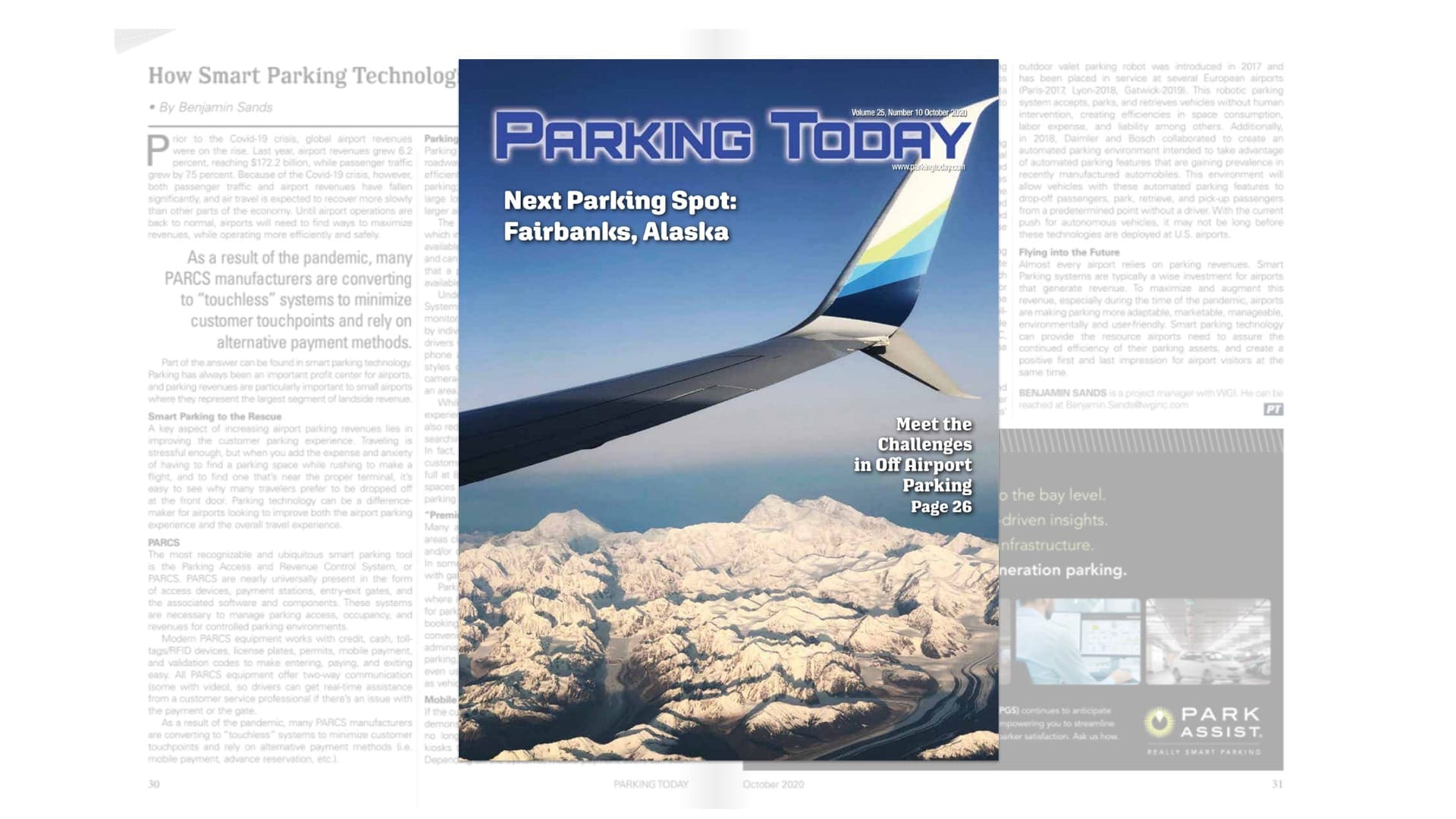This article appeared in the October 2020 issue of Parking Today Magazine. Click here to view the full issue on Page 30. You can also download the PDF version here.
Prior to the COVID-19 crisis, global airport revenues were on the rise. Last year, airport revenues grew 6.2%, reaching $172.2 billion, while passenger traffic grew by 7.5%. Because of the COVID-19 crisis, however, both passenger traffic and airport revenues fell significantly over the past three months, and air travel is expected to recover more slowly than other parts of the economy. In fact, the International Air Transport Association (IATA) estimates that air travel won’t reach 2019 levels until mid-2022. The good news is that the US government and American banks provided significant financial support. Nevertheless, until airport operations are back to normal, airports need to find ways to maximize revenues, while operating more efficiently and safely.
Part of the answer can be found in parking; specifically, smart parking technology. Airports are traditionally on the leading edge of technology adoption, and creative thinking about parking. Parking is an important profit center for airports. In fact, for most airports, parking is one of the top three largest revenue sources. The Airport Council International (ACI) recently estimated that airport parking revenues comprise more than one-third of landside revenues (41%) and grew annually over the past decade. Parking revenues are particularly important to small airports and represent the largest segment of landside revenue.
In the past, airport parking could be counted on to provide as much as $55 million to the typical large hub airport with more than 7,000 spaces. Over the past decade, large and mid-sized airports saw their parking revenues level off or, in some cases, fall because of competitive pressures from ride-share services like Uber and Lyft, known in the industry as Transportation Network Carriers (TNCs).
Many travelers find it more convenient to be dropped off at the airport by a TNC, rather than drive themselves. This trend significantly cut into parking revenues at these airports. During the pandemic, there is an understandable reluctance to share a vehicle with a stranger, and TNC ridership is down as much as 80% across the country. Post-pandemic, the effect of TNCs on airport parking remains to be determined. Smaller airports, on the other hand, seem less impacted by TNCs, likely because they are generally easier to get in and out of, and the price of parking is typically less than larger airports.
Still, people would rather drive themselves. They typically like the autonomy provided by having their own vehicle (rather than relying on someone else—and a stranger to boot!). In the year or so prior to the pandemic, the effect of TNCs seemed largely factored into the equation, and airport parking revenue and occupancy was trending upward with increasing enplanements. To close the remaining revenue gap, airport parking operations must be creative in using technology to generate new revenue streams, increase operational efficiency, and improve the airport parking service experience.


SMART PARKING TO THE RESCUE
A key aspect of increasing airport parking revenues lies in improving the customer parking experience. Traveling is stressful enough, but adding the expense and anxiety of finding a parking space close to the proper terminal in a huge parking facility while rushing to make a flight, and it’s easy to see why many travelers prefer to be dropped off at the front door.
Smart parking technologies are one strategy airport executives use to ensure their parking systems maximize efficiency and profitably, while still providing a high level of service to the customers. Smart parking technologies can be deployed, either individually or combined as suites, to improve the customer parking experience while making airport parking safer, easier to manage, and more profitable.
PARCS

The most recognizable and ubiquitous smart parking tool is the Parking Access and Revenue Control System, or PARCS. PARCS are almost universally present in the form of access devices, payment stations, entry-exit gates, and the associated software and components. These systems are necessary to manage parking access, occupancy, and revenues for controlled parking environments.
Modern PARCS equipment works with credit, cash, toll-tags/RFID devices, license plates, permits, mobile payment, and validation codes to make entering, paying, and exiting easy. All PARCS equipment can be equipped with two-way communication (some with video), so drivers can get real-time assistance from a customer service professional if there is an issue with the payment or the gate.
As a result of the pandemic, many PARCS manufacturers are converting to “touchless” systems, minimizing customer touchpoints and relying on alternative payment methods, e.g. “touchless” ticket dispensers, mobile payment, advance reservation, etc. A PARCS system that is flexible and intuitive, offering customers access and payment choices, is an important first and last impression of an airport’s customer service.

PARKING GUIDANCE SYSTEMS
Parking guidance is the process directing drivers from the roadway to a parking space of their choice as quickly and efficiently as practical. It is particularly useful for airport parking; especially for the multitude of megastructures, large lots, and dispersed parking assets typically found at larger airports.
The most basic type of parking guidance is wayfinding, informing drivers approaching the airport terminal where available parking is located. This begins with basic signage and can be augmented with variable message signs indicating that a parking facility is open and/or the total number of available spaces in that location. Enhanced parking guidance expands on this notification system, guiding parkers to available parking areas or levels within a facility and, in certain applications, to individual available spaces.
Underpinning the more advanced parking guidance systems is an understanding of real-time occupancy. By monitoring how many spaces are available in each area, or by individual space, parking availability can be transmitted to drivers via variable message signs, websites, or even smartphone apps. Parking occupancy systems use a variety of sensors (e.g. magnetic, ultrasonic, infrared, and camera-based, among others) to identify vehicles occupying an area. These systems are essentially car-counters that add and subtract available spaces as vehicles arrive and depart a parking area or space. Individual space parking guidance systems typically include programmable colored lights (e.g. green for available, red for occupied, blue for accessible spaces) mounted above or adjacent to the monitored spaces. In very large facilities, these can be coupled with variable message signs at the ends of each row identifying the number of unoccupied spaces remaining. Drivers simply look for a green light to find an available space. Single-space guidance is a terrific option for large parking facilities because the green lights are easily visible from hundreds of feet away.
While parking guidance obviously improves the parking experience, helping travelers quickly and easily find parking, it also reduces carbon emissions by minimizing the time spent searching for parking and idling. It also improves profitability. That’s because it is not unusual for drivers to give up on finding parking, leaving a facility when it takes too long to find a space. In fact, in facilities without parking guidance, most parking customers become frustrated and perceive a facility to be full at 80-85% occupancy. Parking guidance technology can direct drivers to those hard-to-find spaces that might have gone unused in the past. Filling 15-20% more spaces can translate to significant parking revenues. In addition to the obvious security and parking-enforcement benefits, some camera-based individual space guidance systems also offer additional features such as license-plate recognition with a”Find My Car” feature for customers, and people-counting systems, providing invaluable planning, security, and parking data.

“PREMIUM PARKING AREAS & PRE-BOOKING/RESERVATIONS
Many airports have introduced “Premium” or VIP parking areas closer to the terminal, charging a higher rate and/or coordinated with a pre-booking/reservations service. In some airports these areas may be physically delineated with gates and barriers. Individual space guidance is also useful in defining “premium†or reserved spaces without the need to physically delineate those spaces. These “premium†area initiatives generate increased revenues for airports while offering parkers a new amenity.
Parking pre-booking is particularly popular at airports where it is offered. By allowing travelers to reserve and pay for parking before they even leave home for the airport, pre-booking platforms make the airport parking experience more convenient than ever. The platforms also provide invaluable administrative data because when travelers book their parking, they also input their flight information. When airports know when travelers are arriving, departing, and which terminal they are using, the airports can further tailor the traveling experience by advertising sales in terminal stores and restaurants, and other direct marketing. Some airports even use the information to upsell additional services, such as vehicle detailing and maintenance services. So, not only does pre-booking technology improve the traveler’s experience, it can introduce new revenue streams related to parking.


MOBILE PAYMENT
If the current public health crisis has taught us anything, it is the demonstrated benefits of contactless parking. What can be more contactless than using your personal mobile device to pay for parking or manage a parking permit? We tend to think of mobile payment as a tool that’s primarily useful for on-street municipal parking, and of course it’s perfect for that.
Mobile payment can also work well in an airport setting. There’s no longer any reason to force people to touch payment kiosks that many other people already touched. Depending on the systems, mobile payment users can scan their phone on entry and exit, or pay for parking by scanning a ticket with the app. For license plate recognition (LPR) systems, mobile payment apps can communicate the mobile user’s plate and payment data to the PARCS system, allowing the use of their license plate for payment.
Many PARCS providers are now offering mobile payment with some or all of these features in their systems. Another option is piggybacking a mobile payment service provider (e.g. Parkmobile, Pay-by-Phone, Passport Parking, etc.) on top of a PARCS systems.
GEO-FENCING
Geo-fencing is a relatively new approach to parking management, using technology to establish virtual boundaries around different parking locations within a defined perimeter (typically airport property). Vehicles entering the defined perimeter are monitored and tracked by the system. When a vehicle accesses a geo-fenced area (e.g. hourly garage, long-term lot, etc.) the system remotely starts the accrual of parking fees defined by that geo-fenced location. Upon departing the geo-fenced location, the fee accrual automatically ceases. These systems can also support a gateless parking operation.
This monitoring and tracking can be accomplished using one or multiple
of the following systems: LPR, radio-frequency identification (RFID, which includes highway toll-tag devices), Wi-Fi, Bluetooth, and/or cellular systems. Fees are charged/collected through one or a combination of the following: PARCS systems, toll-tag technologies, and/or bills mailed to registered vehicle owners. The ability to also track and assess fees to taxi, TNC, and shuttle traffic provides additional revenue from these types of systems.
When combined with parking-guidance systems, and/or pre-booking, airports can dramatically increase efficiencies for parkers, by eliminating entry/exit queues and time spent searching for parking. This combination also benefits airport administration by increasing parking occupancies/revenues and decreasing equipment maintenance and operational expense.


THE FUTURE IS NOW
Around the world, airports are experimenting with and implementing new cutting-edge technologies that may offer local advantages, too. For instance, Stanley Robotics’ outdoor valet parking robot was introduced in 2017 and placed in service at several European airports (Paris-2017, Lyon-2018, Gatwick-2019). This robotic parking system accepts, parks, and retrieves vehicles without human intervention, creating efficiencies in space consumption, labor expense, and liability. Additionally, in 2018 Daimler and Bosch collaborated to create an automated-parking environment intended to take advantage of automated parking features gaining prevalence in recently manufactured automobiles. It will allow vehicles with these automated-parking features to drop off passengers, park, retrieve, and pick up passengers from a predetermined point without a driver. With the current push for autonomous vehicles, it may not be long before these technologies are deployed at US airports.
There is an underlying benefit to airports from the information these smart systems generate. Smart parking systems have evolved to provide new and enhanced data that can empower airports to better plan and react to a fluid operating environment, as well as the scalability to adapt staffing and services to the most efficient operation. Using this data, airports can tailor the customer experience, and guide customers to appropriate retail, dining, and entertainment.

FLYING INTO THE FUTURE
Airports continue to drive innovation in parking operations using evolving smart parking technologies. Airports rely on parking revenues. To ensure and augment this revenue, airports are making parking more user-friendly, marketable, and manageable. Smart parking technology can provide the resource airports need to assure the continued efficiency of their parking assets. Let WGI’s airport and smart parking experts help you find the appropriate parking operations technologies to carry your airport parking assets into the future.
Contact WGI’s airport and smart parking experts today and we can help you find the appropriate parking operations technologies to carry your airport parking assets into the future.
